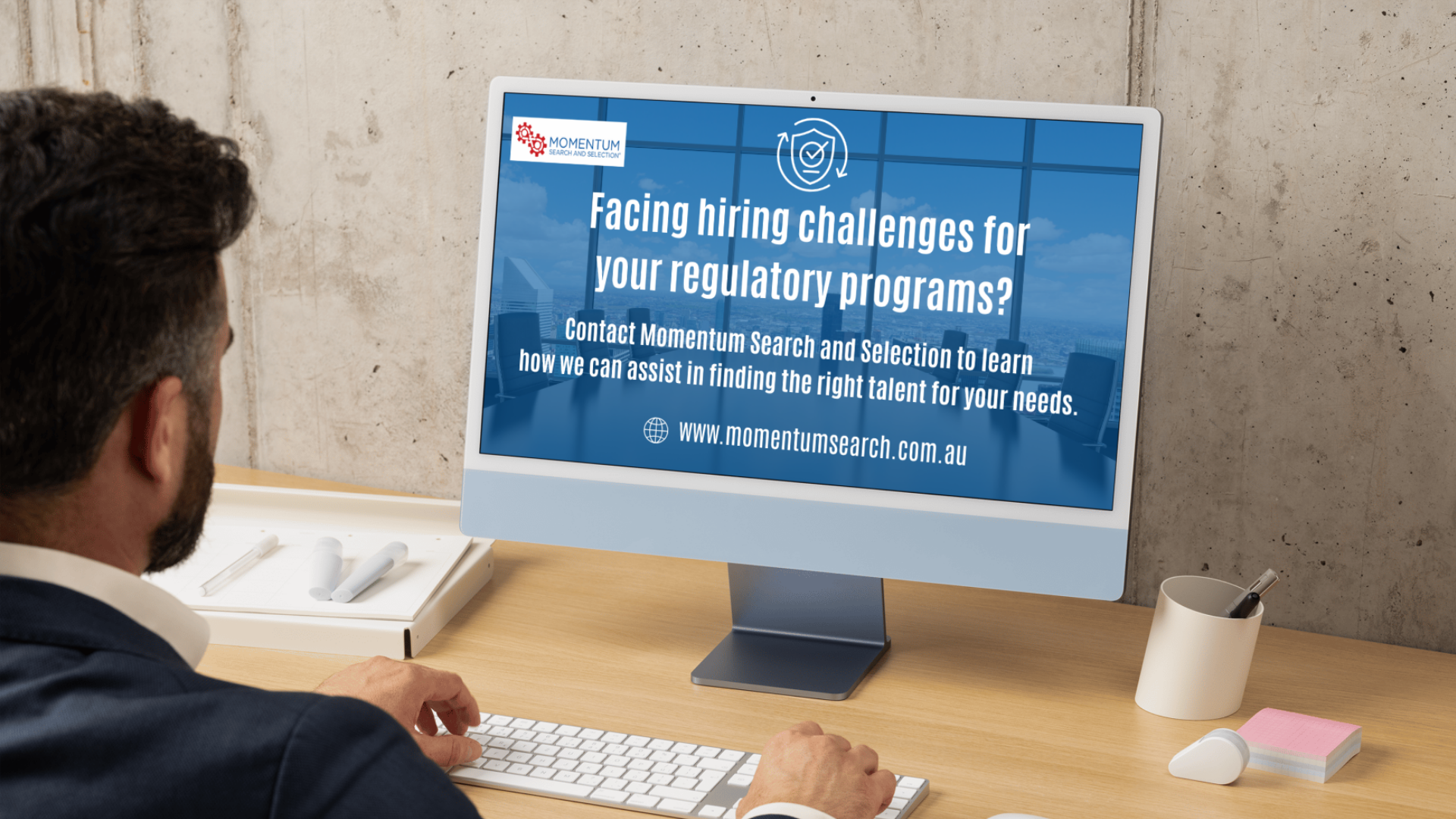Alan Herrity | August 2, 2021

By Alan Herrity | August 2, 2021 | agile
As companies strive to digitise their operations, skilled digital leaders are in high demand. Finding the right candidate to drive your digital strategy is crucial. So what should you look for in the hiring process? Let’s look at the five most important traits to look for when you’re searching for your next CDO, CTO or CIO.
Table of Contents:
- The Demand For Digital Leaders Is Growing
- The Different Stages of Digital Maturity
- 5 Traits To Look For In Digital Leaders
- Strategic vision and a clear purpose
- An experimental mindset
- Strong execution skills
- A collaborative approach
- Ability inspire and educate
- Conclusion
The Demand For Digital Leaders Is Growing
MIT Sloan and Deloitte Insights have done extensive research on how companies evolve digitally. The paper “Coming of Age Digitally” found that one of the things that set digitally mature organisations apart is digital leadership.
The study also shows that the demand for new, skilled digital leaders is growing. This was equally true for all organisations, regardless of how digitally mature they were. It seems more or less everyone is looking for top executive talent to help their company take the next step. This means competition in the talent acquisition sphere is intense, as companies are doing their best to attract digital stars.
But what exactly is a good digital leader? What are the traits to look for, and are they the same for all companies? While some companies are just starting their digital journey, others are highly sophisticated and mature.
Let’s look at the characteristics of a great digital leader – for each phase of digital maturity.
The Different Stages of Digital Maturity
There are many ways to illustrate the different phases of digital maturity that an organisation evolves through. Here we will divide the journey into the following stages:
Beginner: The organisation is at the beginning of the digital journey and has not yet implemented essential digital elements.
Implementer: The organisation has implemented basic digital elements but has not yet consolidated them throughout the organisation.
Advancer: The organisation has gone through a digital transformation and is now breaking down silos, unifying ways of working, data sources and ensuring operational efficiency.
Leader: The organisation is entirely digitised and is now looking at advanced technology such as AI and machine learning to take their operations to the next level.
5 Traits To Look For In Digital Leaders
In the previously mentioned survey, respondents were asked, “What would you like your leaders to have more of to navigate digital trends?” The survey showed clearly that general leadership skills ranked high. Although the responses did suggest that leaders need an understanding of technology, technical skills per se were considered the most important prerequisite for good digital leadership.
Based on the responses in the survey, as well as our ongoing discussions with clients and executives, we’ve found the following five traits to be desirable in digital leadership:
Strategic vision and a clear purpose
Having a clear direction and providing the whole organisation with vision and purpose came out on top in the MIT survey as the number one most desired characteristic in a digital leader. 26% of respondents chose this as the top trait, showing that employees expect the leadership to guide them through digital transformation journeys.
In one of our roundtable discussions here at Momentum, we talked to Digital, Innovation and Transformation expert Megan Fisher. She emphasised the importance of a strategic mindset:
“The first key part of any transformation is to establish the link to strategy. What is your core strategic reason behind the need to change? This could be product simplification, cost reduction, having the ability to respond quicker in a competitive market, or improvements in customer experience.”
Besides having a strong strategic vision, getting all stakeholders to buy into that vision is crucial. Only when everyone feels part of the journey will there be successful transformation.
A strategic vision and a clear purpose are fundamental when driving digital transformation in companies at the beginner level.
Ability to inspire and educate
Digital leadership is very much a matter of ongoing change management and communication. Just as we will never reach a point where technology stops evolving, organisations will constantly need to update and develop their digital environment. Tools and platforms are continually evolving, and the companies that fail to keep up will be hopelessly left behind.
“With the power of communication often underestimated, using repetition and different channels can be a good way to ensure your message gets through,” says Megan.
At the same time, people are inherently a bit sceptical about changing. To effectively bring organisations forward on the digital journey, one of the essential traits of the digital leader is to inspire and educate the organisation to implement and leverage new digital tools, ways of working and processes.
Being able to inspire and educate is extremely important when companies are at the Implementer level, where all stakeholders and employees need to both understand and embrace new ways of working and technology.
Strong execution skills
In the MIT survey, 13 percent of the respondents considered “Execution” the most critical digital leader characteristic. The ability not only to envision bold change, but also to make it happen and see it through, is a leadership skill that is always sought-after in executives. This goes for digital leaders as well.
“Additionally, a good tip is to take action on the most valuable and potentially most difficult tasks first to ensure from the outset that they’re actually doable. A problem-solving mindset across the group is also fundamental when it comes to being prepared for when things go wrong,” says Megan.
While the projects will differ, strong execution skills and the ability to see projects through are important through all stages of digital maturity.
A collaborative approach
One of the main advantages of digitalisation is that it enables organisations to break down silos and share data and knowledge across departments. This, in turn, allows for a customer-centric way of working, which is what customers of today expect: a seamless experience regardless of what country they’re in or what department they’re talking to.
We had a chat with one of our clients, who’s a digital leader in the healthcare sector. He too, stressed the importance of communication and education in the role:
“My first focus was to build a strongly motivated and successful team, and then work to get traction with the other business units and departments. This included overcoming the existing silos between the different business parts, and creating more synergies”.
To achieve this seamlessness, digital leaders need a collaborative mindset where they invite all leaders and stakeholders into the digital transformation journey. A strong digital leader will make sure the organisation builds on a common foundation instead of multiple initiatives across the organisation which are siloed and not aligned with organisational strategy.
As the organisation evolves and reaches the advancer phase of digital maturity, emphasis on cross-departmental collaboration becomes even more critical.
An experimental mindset
The more digitally mature an organisation becomes, the more agile and innovative it will be. This requires leaders who are willing to experiment, learn, and, when needed, pivot. An attitude where mistakes are seen as learning experiences rather than failures is essential, and a “fail fast” mindset will enable your company to win even faster.
“Develop an agile approach to organisational change and communications that can evolve over time. It’s important to ensure that everyone is aware of your initiative, what is in it for them, and what role they need to play,” says Megan.
A modern digital leader should be comfortable with an agile way of working, where minimum viable products are prioritised over massive projects.
The ability to experiment is critical in companies that are at the leader level of maturity, where they will need to break new ground and create innovative solutions to continue to push the boundaries of what is possible.
Conclusion
While a technical understanding is important in a digital leader, it’s not the most essential trait to look for. Instead, leading with empathy, influence and a true servant leader approach with the right balance between execution and organisational change management are the traits of the best and brightest.
While this holds true through all stages of the digitalisation journey, the emphasis on education and inspiration is even more critical at the early stages of digital maturity. In organisations on a more mature digital level, the need for collaboration to ensure persistent execution is paramount.
Find out more, email Alan










